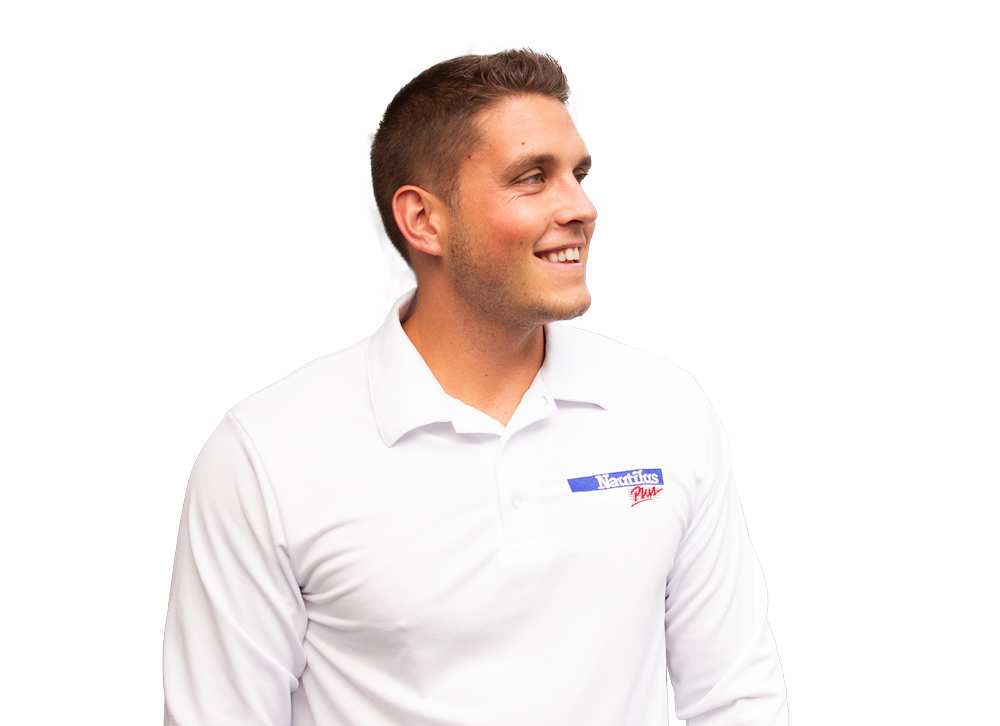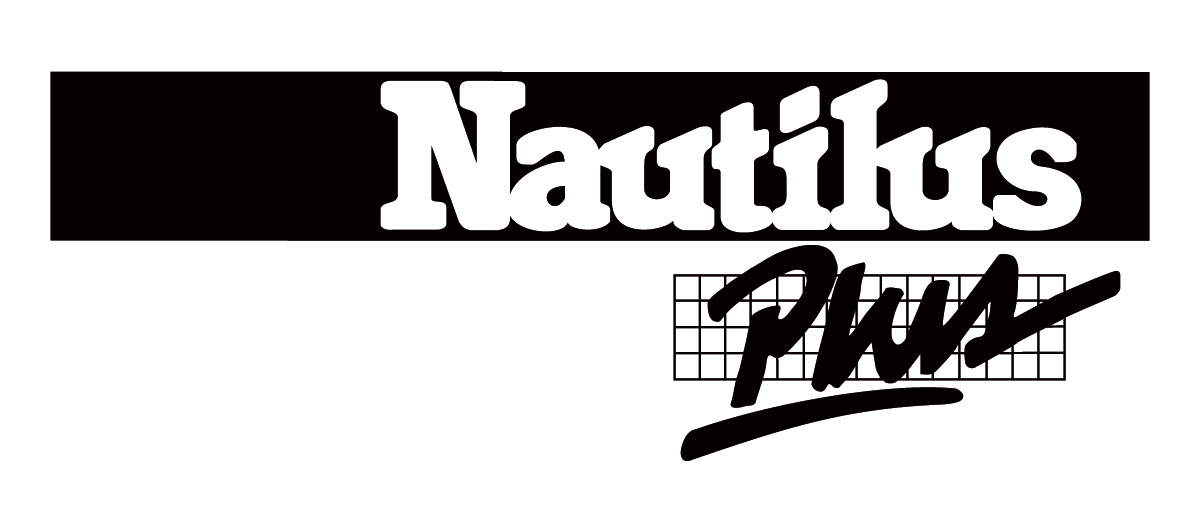
Recovery in Training: the Balance Between Rest and Movement
April 1, 2025 - By Karine Larose, M.Sc.
![]() 4 minutes
4 minutes
When discussing fitness and training, the focus is often on workout intensity, frequency, and progression. However, one key element is sometimes overlooked: recovery. It is during this phase that the body adapts and strengthens. That said, recovery does not necessarily mean complete inactivity on rest days. For those who are always on the move, rest assured—it is possible to recover actively.
Why is Recovery Essential?
- Muscle Repair and Progression
Exercise, especially strength training, causes micro-tears in the muscles. Rest allows the fibers to rebuild, making them stronger and promoting muscle growth. - Injury Prevention
A body that is constantly pushed without breaks is at risk of overuse injuries such as tendinitis and fatigue-related issues. Lack of recovery can lead to overtraining syndrome, which manifests as decreased performance, persistent fatigue, and even a loss of motivation. - Optimizing Performance
Rested muscles perform better. Proper recovery enhances coordination, power, and endurance, allowing you to get the most out of each workout. - A Healthier Life Balance
Taking breaks helps establish sustainable, long-term healthy habits. It also makes it easier to stay committed to your initial goals and training plan.
Should You Move Every Day?
While recovery is essential, it does not mean you should become completely sedentary on rest days. The human body is designed to move, and light activity is beneficial for circulation, mobility, and even muscle recovery.
- Low-intensity is key: Activities such as walking, yoga, cycling, or stretching sessions can help relax muscles without overloading them.
- The importance of daily movement: Even outside of a structured training program, it is recommended to move every day for overall health maintenance.
- Scheduling rest: Just as you plan your workouts based on your goals, you should also plan rest days. However, listening to your body’s fatigue signals is crucial—your initial plan might need adjustments, and reevaluating it accordingly is important.
When Should You Take a Complete Break?
There are times when full rest is necessary. Here are some examples:
- After an exceptionally intense workout: The body needs time to recover from maximal effort, such as a competition, a marathon or triathlon, a high-intensity plyometric session, or heavy strength training. For most people, these sessions are infrequent.
- In cases of extreme fatigue or persistent pain: Ignoring these signals can lead to serious injuries. Sometimes, the body needs a longer break to heal, and consulting a physiotherapist or doctor can help guide recovery.
- During illness: Generally, rest is advised when symptoms affect the body below the neck, such as fever, fatigue, or body aches. Sleep becomes your best ally during these times.
- In periods of extreme stress or mental overload: While training can be an outlet, sometimes mental rest is more beneficial than physical effort. Each person is different, and it is essential to listen to yourself.
- When sleep is lacking: Poor sleep slows recovery. Prioritize quality sleep to ensure proper muscle and mental recovery.
The Psychological Aspect: Listening to Your Body and Mind
Recovery is not just about the body but also the mind. The pressure to “always do more” can be counterproductive, leading to frustration or even athletic burnout. Learning to listen to your sensations and accept that progress also comes through rest is crucial for long-term balance.
A Healthy and Balanced Diet
Nutrition also plays a key role in recovery—whether it’s consuming protein to optimize muscle repair, carbohydrates to replenish energy stores, or staying hydrated throughout the day and after workouts.
Keeping the Goal in Sight
Most of us are highly motivated when starting a new program and may believe that doing more is always better. However, as mentioned earlier, a well-planned training program should include active rest days to support progress and maintain morale. Skipping one workout does not mean all is lost! Don’t hesitate to consult a professional to help you establish the right plan for you.
In conclusion, a good training plan should consider a person’s actual capacity to train and include rest days. As with any habit you aim to establish, having a structured yet flexible plan increases your chances of success. While daily movement is a pillar of good health, recognizing when to take a real break is equally important. As always, balance is key!
Recovery in Training: the Balance Between Rest and Movement is a post from Nautilus Plus. The Nautilus Plus blog aims to help people in their journey to fitness through articles on training, nutrition, motivation, exercise and healthy recipes.
Copyright © Nautilus Plus 2025

A session with a personal trainer will help you to progress!

Let's determine your fitness goals together and get some expert advice!
Make an appointment with a personal trainer
